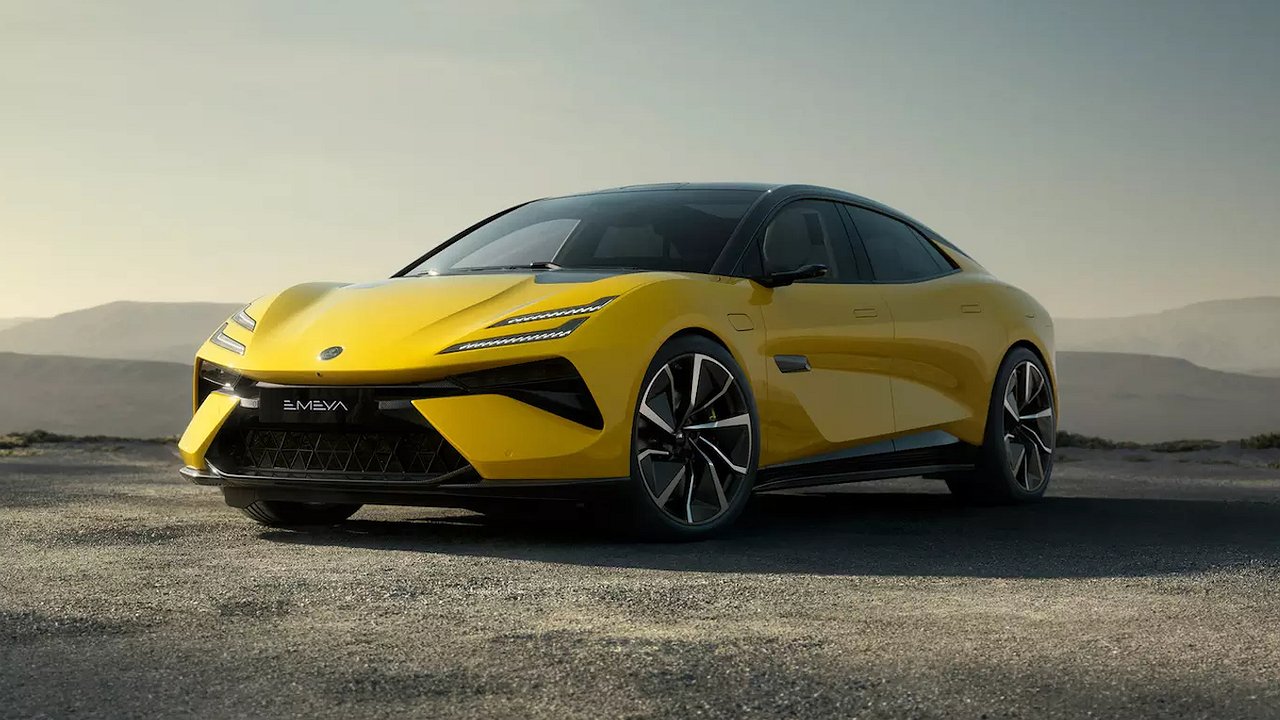When a launch vehicle runs out of fuel, its fuel tanks become unusable; They become dead load. Additionally, losing the fuel tank also loses tens of millions of dollars in the cost of the engines used on stage. “Self-eating rockets” that will burn tanks for fuel will not only solve the garbage problem but also save customers huge amounts of money. A group of engineers from Great Britain have produced a rocket engine prototype that is “fed” with rocket parts for the first time.
The carrier’s fuel tanks are its longest part, taking up more than 50 percent of the rocket’s length, and without them, launching the payload into space is impossible. But a large number of tanks themselves are “dead weight”, they cannot be used for acceleration. Therefore, it reduces the efficiency of the launch vehicle and also contributes to the problem of space debris: Most often, fuel tanks are disposable and discarded after the fuel runs out.
But if the rocket uses its already useless parts as fuel, the carrier can carry an even more important cargo into orbit. Self-eating rockets required much less fuel and therefore their tank volumes were completely different.
The concept of a carrier “feeding” with its own parts was first patented in 1938, but its prototype remained on paper. In the mid-20th century, such a development was difficult to implement with the help of heavy rockets, which later carried out most space launches. However, these days, when small lightweight rockets that carry small satellites into orbit have become popular, this idea can be tried to be implemented.
Krzysztof Bzdyk (Krzysztof Bzdykfrom the University of Glasgow (Great Britain) and colleagues have created a small prototype rocket engine that “destroys” its own fuel tank. While the prototype isn’t powerful enough to lift a rocket with a payload, it still does a good job of showing that the concept works.
The researchers demonstrated this development on January 10 at the scientific forum of the American Institute of Aeronautics and Astronautics. inside Florida. The engine was called “Ouroboros-3” (Ouroborous-3 ), in honor of one of the most ancient symbols – a snake coiled in a ring biting its own tail.
The prototype is the engine itself, the fuel is oxygen (oxidizer) and propane (fuel), and the fuel tank is a consumable plastic pipe in which fuel is stored from where it enters the engine. When the fuel runs out, the engine begins to “feed” the pipe, which provides one-fifth of the total amount of fuel. The result is a thrust force of approximately 100 Newtons; this is only two to three times more than it takes to crack an egg. It takes an average of 40-52 Newtons to break the shell of a chicken egg.
The team is currently working on a larger prototype that could deliver around 1,000 newtons of thrust; this is one-sixth of what is required for suborbital flight (especially a light rocket) and about one-twentieth of that for orbital flight.
Researchers emphasized that “self-eating engines” could not only increase the efficiency of space launches, but also help solve the problem of space debris that threatens satellites and the ISS. If spent fuel tanks, normally ejected into the atmosphere or left in orbit for burial, could be used as fuel, it could be a small but crucial step towards solving the space debris problem.













